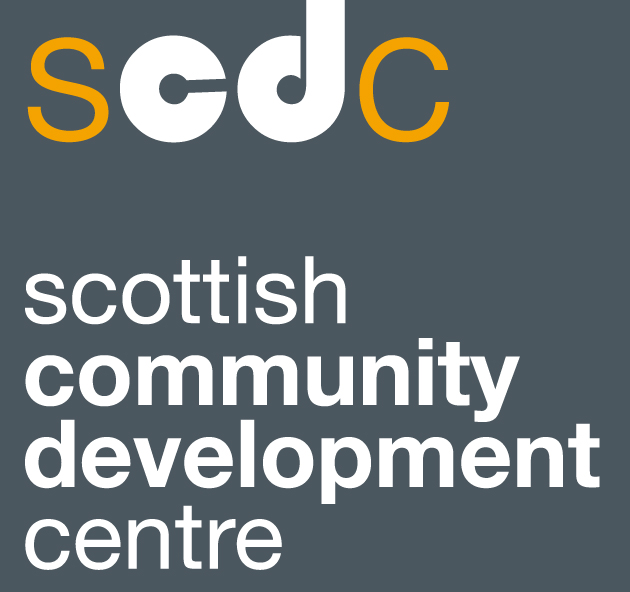Ten for 10: Not just 'community' empowerment
/As we mark 10 years of SCDC as an independent organisation, Andrew Paterson describes how community empowerment is good for communities and public services combined.
Having worked at SCDC for the last 9 years, I feel in a good position to make some observations on what has changed in the ten years since SCDC became an independent organisation. And one thing that has certainly changed is that the notion of ‘community empowerment’ has become increasingly embedded in Scotland’s public services.
And it’s become more than just policy talk. In the last 2 years community groups across Scotland have been using the Community Empowerment (Scotland) Act (2015) to take control of local land and buildings and to initiate discussions with public bodies about improving public services.
This is on the whole a positive development, but it has also given rise to lots of legitimate questions about community empowerment. A couple I hear often are: who is benefiting from the Act if already-empowered groups are making most use of it? And how can public sector staff and community volunteers do community empowerment without being properly supported and resourced?
There are no easy answers, but something that might help is to start thinking differently about who benefits from community empowerment.
Enabling communities
The World Health Organisation has referred to community empowerment as “the process of enabling communities to increase control over their lives”. However, we know that the public sector also benefits from working with communities, and maybe it’s time to give more attention to this.
Take part 3 of the Act for example. Using a ‘participation request’, a community group can initiate a dialogue with public bodies that enables their perspectives, ideas and skills, grounded in lived-experience, to contribute to improving services.
Outside of the Empowerment Act, the current All in for Change programme led by Homeless Network Scotland is another great example of lived experience contributing to better service design.
Better solutions
As persons with lived experience of homelessness and disability recently pointed out at a workshop I was delivering, community groups can support public sector staff to engage with wider communities. This is because they often know first-hand about cultural, language and access barriers.
When you add to this the fact that many different viewpoints are likely to lead to better solutions, and that public services are likely to be improved as a result, you can begin to see how community empowerment leads to better public services. This is very much in line with the idea of co-production, something that we’ll cover in a future #TenFor10 piece.
Getting in on the Act
For now, it’s worth asking if this more rounded take on community empowerment can light the way towards addressing some of the challenges we face.
It reminds us that the Act, if used carefully and thoughtfully, isn’t about some communities benefitting at the expense of others. Neither is it about creating unsustainable levels of work and unfair levels of responsibility.
With the right support in place for communities and public bodies, community empowerment can start to bring about more joined-up working for everyone’s benefit.


